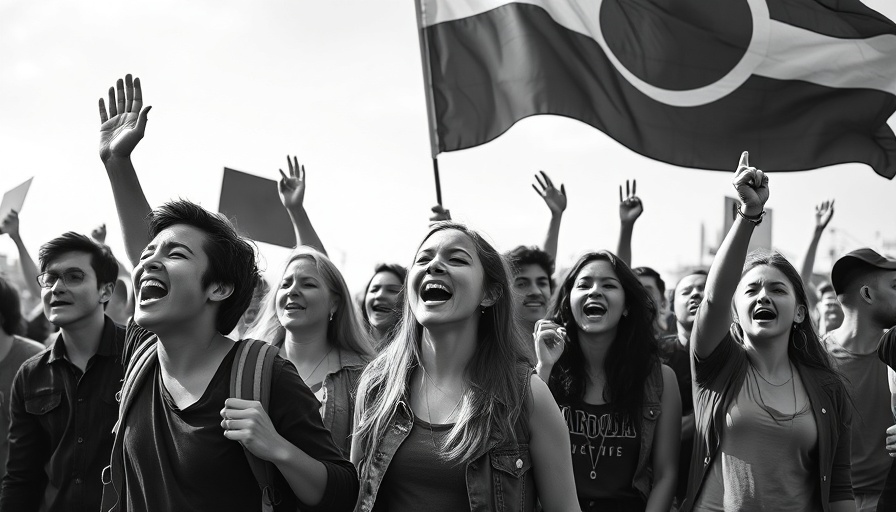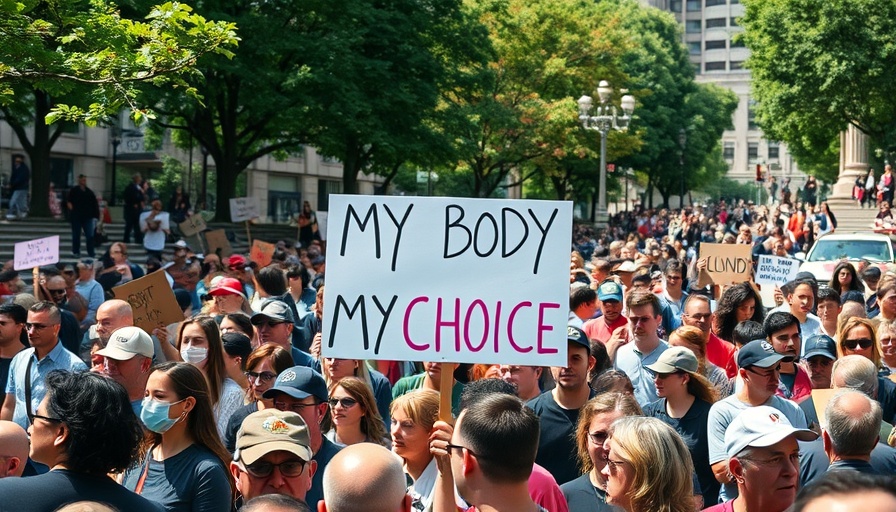
Remembering Luis C. Garza: A Pioneer of the Chicano Movement
The Chicano Movement, which unfolded during the 1960s and 70s, marked a significant era in the fight against racial discrimination in the United States. Its memory is vividly preserved in the powerful photographs of Luis C. Garza, a photojournalist whose work is now being celebrated in several retrospectives across Texas. Garza's lens transformed the struggles of the Chicano community into poignant visual narratives that resonate with vitality and urgency. These exhibitions, including one at the Multicultural Education and Counseling through the Arts (MECA) in Houston, spotlight the deep emotional connection Garza created between his subjects and the viewer.
Value of Documenting History through Photography
Garza's photographs serve not only as artistic expressions but also as vital evidence of a historical movement that sought equal rights and recognition for Latinos in America. His meticulous attention to detail allows viewers to appreciate the rich complexity of the Chicano experience. MECA's gallery director, Lizbeth Ortiz, emphasizes the importance of curating these works in a way that honors Garza's original vision while crafting a coherent narrative across the exhibition. Each chosen image conveys a story—one of struggle, resilience, and community.
The Emotional Depth of Garza's Work
One of the standout pieces featured is "East 139th Street," which depicts an abandoned toy horse on an empty street—a stark yet evocative representation of childhood play interrupted by urban desolation. Garza describes this moment as rich with sensory memories, where loneliness and warmth coexist, illustrating how photography can encapsulate complex emotions. These nuances remind us that the spirit of the Chicano Movement wasn't just about protests; it was also about the lived experiences of everyday people.
The Legacy of the Chicano Movement
The broader legacy of the Chicano Movement cannot be understated. Emerging in response to economic hardship, cultural discrimination, and injustices faced by Latino communities, this movement sparked protests and walkouts that called for educational reform and labor rights. Garza's photographs document these pivotal moments, amplifying voices that demanded change and showcased the vibrant cultures of Mexican Americans.
Future Considerations: Continuing the Fight for Equity
As we navigate the complexities of racial and cultural identities today, Garza's work serves as a profound reminder that the fight for equity and justice continues. With increasing discussions around diversity and representation in contemporary media, revisiting such powerful visuals can aid in understanding the ongoing struggles many communities still face. Activists today could glean inspiration from Garza’s dedication, realizing that photography remains a potent tool for advocacy and storytelling.
Exploring Garza's Impact: What It Means for Us Today
Luis C. Garza's work, now rediscovered and revered, invites a reassessment of the Chicano Movement's significance in past and present socio-political contexts. It illustrates the need to document history through diverse perspectives, as well as the enduring impact of art in molding identities and communities. For young audiences particularly in North Texas, understanding this narrative fosters a deeper connection to the local Latino history and culture, promoting discussions around identity, heritage, and social justice.
In conclusion, Garza's retrospective exhibitions not only celebrate his artistic contributions but also reignite dialogues about representation and acknowledgment within history. As more individuals engage with his photographs, the stories they tell will hopefully spur continued advocacy for social justice and inspire future generations. Remembering the past is crucial to shaping a better future, and Luis C. Garza's work leads the way.
 Add Row
Add Row  Add
Add 




 Add Row
Add Row  Add
Add 

Write A Comment